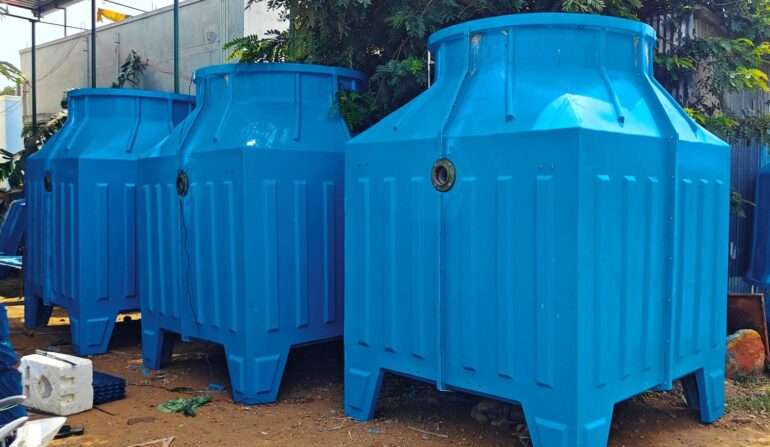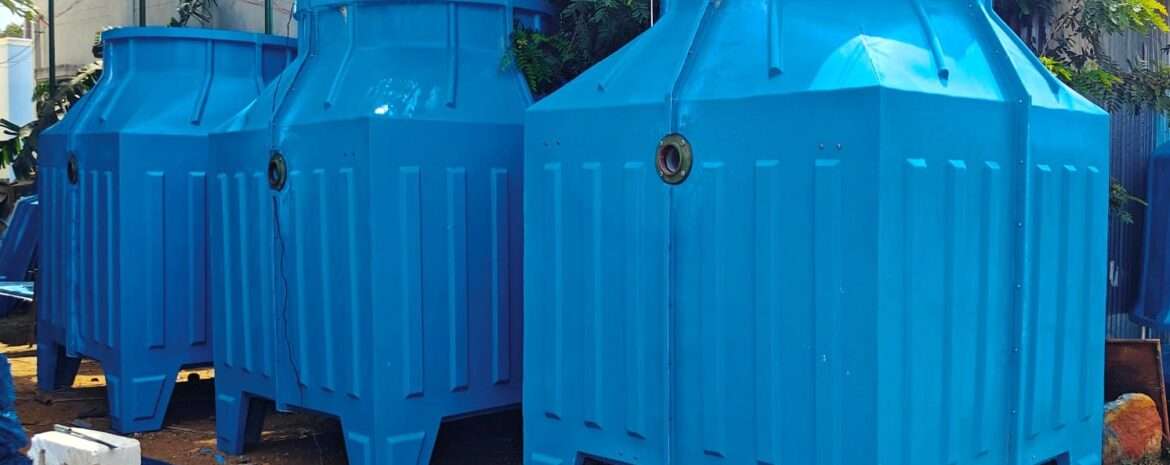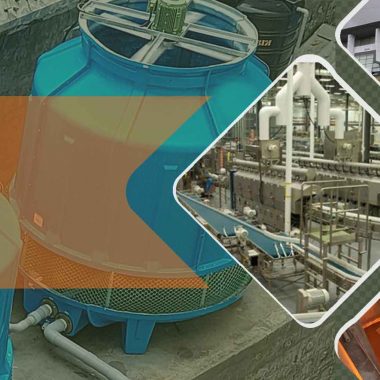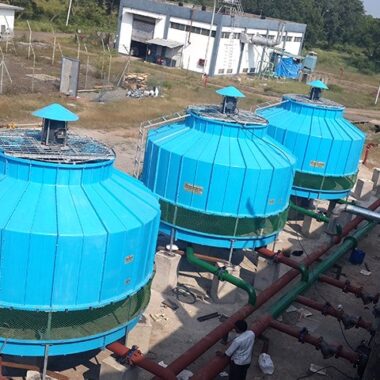What are FRP Cooling Towers ?
What are FRP Cooling Towers ?
FRP cooling tower, or Fiberglass Reinforced Plastic cooling towers, are fundamentally components in a wide range of industrial processes and HVAC systems. What are FRP Cooling Towers ? : Here’s everything you need to know about these versatile cooling solutions:
1. Understanding FRP Cooling Tower:
- FRP cooling tower are outlined to evacuate heat from water or prepare fluids through evaporative cooling, making them basic in industries such as power generation, chemical processing, and HVAC.
- The key feature of FRP cooling tower is their development utilizing fiberglass reinforced plastic materials. These materials offer great corrosion resistance, strength, and lightweight properties, making FRP cooling tower appropriate for harsh environments and simple to install.
2. Advantages of FRP Cooling Towers:
- Corrosion Resistance: FRP materials are highly safe to corrosion from chemicals, moisture, and natural factors, guaranteeing long-term execution and reliability.
- Durability: The characteristic strength of fiberglass reinforced plastic makes FRP cooling tower solid and able of withstanding harsh working conditions.
- Lightweight Construction: FRP cooling tower are lightweight compared to conventional cooling towers built of metal or concrete, allowing for simple transportation, installation, and support.
- Cost-Effectiveness: FRP cooling tower offer a cost-effective cooling arrangement due to their low maintenance requirements, long benefit life, and energy-efficient operation.
3. Applications of FRP Cooling Towers:
- Power Generation: FRP cooling tower play a vital part in control plants to evacuate abundance heat created amid electricity generation forms.
- Chemical Processing: FRP cooling tower are utilized in chemical plants to control the temperature of handle fluids and equipment.
- HVAC Systems: FRP cooling tower are utilized in HVAC systems for commercial buildings, hospitals, and manufacturing facilities to direct indoor temperatures and maintain comfortable working situations.
4. Types of FRP Cooling Towers:
- Counterflow Design: In counterflow FRP cooling tower, air flows upward against the falling water, maximizing heat transfer productivity.
- Crossflow Design: Crossflow FRP cooling tower highlight airflow opposite to the descending stream of water, advertising versatility and compact plan options.
5. Maintenance and Considerations:
- Regular maintenance is fundamental to guarantee optimal performance and longevity of FRP cooling tower. This incorporates routine inspections, cleaning of components, and monitoring of water quality.
- Proper water treatment is crucial to prevent scaling, fouling, and biological development inside the cooling tower system, which can negatively impact performance and efficiency.
In conclusion, FRP cooling tower offer an effective, durable, and cost-effective solution for different cooling applications over industries. Their corrosion resistance, lightweight development, and versatility make them a preferred choice for cooling needs in demanding environments.





